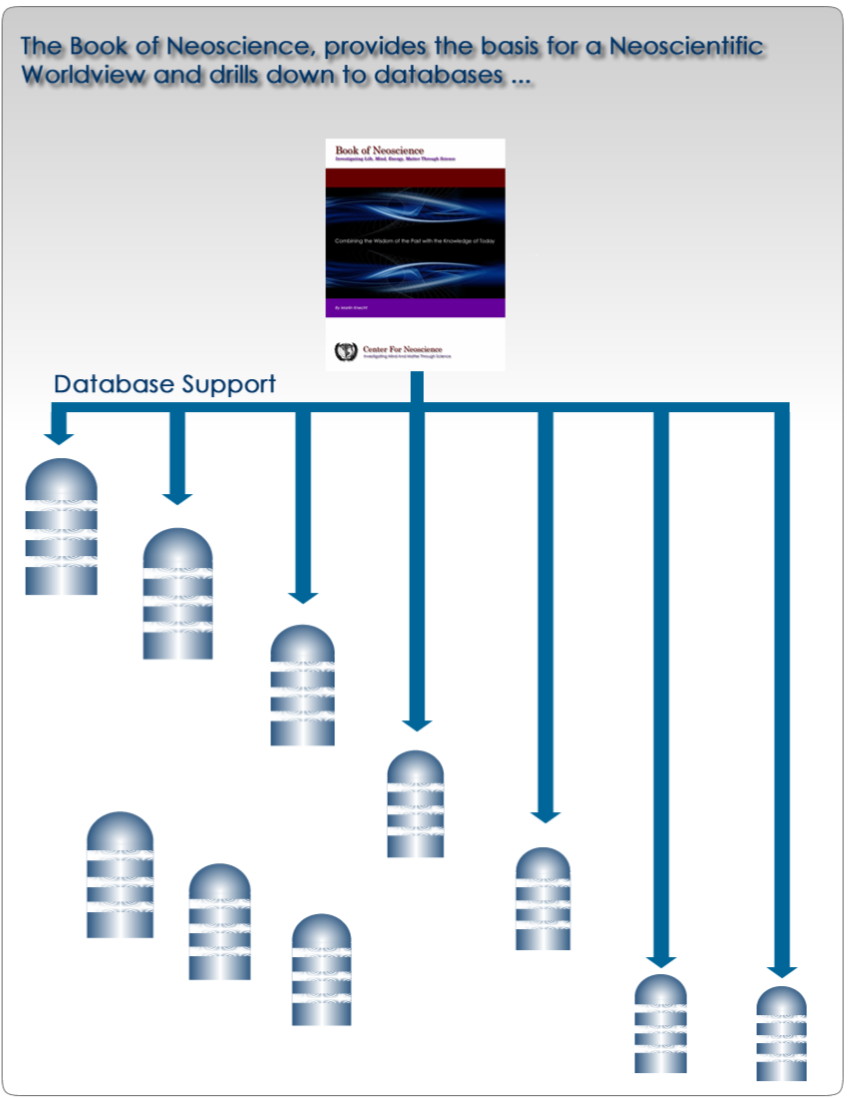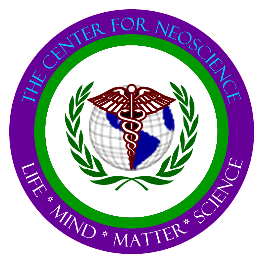A Foundation for the Information Universe
This serves as the foundation for a top level ontological picture or worldview that informs our model of human consciousness and the structure of the information universe generated by the Rational Data Industry Model. It also provides the foundation for self-refinement and transformative tools and instruments that are provided in the platform’s graphic user interfaces and navigation systems for 2D, 3D and 4D environments. The idea here is to deliver the best system we can, based on what we know about how human consciousness, learning, growth, and transformation. While at the same time providing a model of these tools that is accessible to the whole world and based on scientific principle.
Pluralized Environment and Loss of Meaning
Many individuals now live in a pluralized environment where their particular set of beliefs, practices and spiritual traditions along with their own unique language, metaphors and culture are held in question. This often leads to a loss of meaning, purpose, mission, and value. Moreover, these practices and traditions often carry a negative emotional charge or have been forgotten in the wider context of pluralized society. Further, the practice of them is not seen as “politically correct” or worse are the subject of academic or other discrimination. Often the wisdom of the past is looked at in the context of modern day technology as backward or obsolete. This coupled with inability of the common human being to effect changes in the larger picture often leads to self serving practices that loose sight of the greater good and longer term objectives. We deal with this subject more in the chapter on micro-structural breakdown later in the book.
A Generic Scientifically Based Wisdom
Neoscience provides a new “generic” and “scientific” way of preserving the wisdom, principles and practices of the past by putting them in the context of the science today.
A Generic Scientifically Based Meta-Language
The Center for Neoscience developed a meta-language based on core principles and practices as they are utilized in the human growth and transformation process. These elements are a kind of archetypical international language that apply to human beings the world over. Pursuant the Jungian idea of the collective unconscious, or the more modern view of universal mind, the alphabet of the meta-language and the language itself provide the basis for understanding the structure of human thought and affect. Meta-language elements are based on archetypes in human consciousness.
The two elements of the human experience, thought and affect, are mirrored by the topography of the information universe and the activity found in the Data Grid layer of the 3rd generation web architecture. Along with this the meta-language found in the 3rd generation web works hand-in-hand with the navigation system. Both the meta-language and the navigation System found in the web based platforms are based on these principles.
The Web Based Operating Systems and Platforms
The U, I, We and US platforms give access to the 3rd generation web and the information universe as a whole. The information universe then becomes a reflective canvas that we can paint on individually or collectively in collaborative fashion. This canvas coupled with Neoscientific navigation, tools and instruments gives us the capability to solve problems together, self-refine and transform both as an individual and as a global population. And, to do so in ways not available before.
Meta-language and Symbology
We accomplish this by delivering a common language and set of principles drawn from the traditions, values and wisdom of past but placed in the scientific language of today. This provides a foundation for a new commonly shared culture to emerge that brings values, ethics, morals, and understandings to a world population. This in turn provides the foundation for unified purpose and coordinated action to address the challenges we face as a planetary population.




FOLLOW US ...